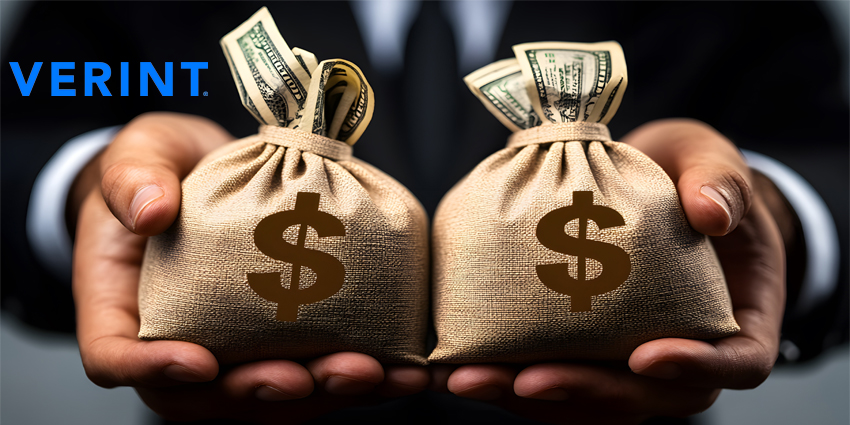Imagine this: you walk into your favorite coffee shop, order your usual latte, and the barista suggests a delicious new pastry to complement your drink. You leave with a smile, enjoying a treat you hadn’t planned on buying. This, right here, is the magic of upselling.
Upselling isn’t about pushing unnecessary products onto your customers. It’s about enhancing their experience by offering additional products or services that add value. Done correctly, upselling can significantly increase your sales while strengthening customer loyalty. In a world where customer experience reigns supreme, mastering the art of upselling is essential.
The Risk of Being Pushy vs. Upselling: A Careful Balance
Picture a different scenario: you’re at a store, and the salesperson won’t stop bombarding you with suggestions for additional items. It’s uncomfortable, right? The fine line between helpful upselling and being pushy is crucial. Customers can sense when they’re being sold to for the sake of a sale versus when they’re genuinely being offered something that enhances their experience.
To strike this balance, you need to understand your customers’ needs and preferences deeply. This knowledge allows you to make personalized recommendations that feel natural and considerate, rather than forced. When you succeed in this, customers feel valued and are more likely to return.
10 Upselling Techniques to Drive Sales Without Appearing Pushy
Here are ten effective tips that’ll help you master upselling:
- Know your products inside out: The better you understand your products, the more confidently you can recommend additional items that genuinely complement what your customer is buying.
- Personalize your approach: Use customer data to tailor your suggestions. Mention past purchases and preferences to show that you’re attentive to their needs.
- Highlight benefits, not features: Explain how the additional product or service will enhance their primary purchase or solve a problem they might have.
- Create bundles and packages: Offer value by combining related products at a slightly reduced price, making it an attractive proposition for the customer.
- Use positive language: Phrases like “many of our customers have found this useful” or “this goes perfectly with what you’ve chosen” can make your suggestions feel less like a hard sell.
- Timing is everything: Make your upsell suggestions at appropriate times – usually towards the end of the transaction when the customer has already committed to their primary purchase.
- Leverage social proof: Share customer reviews and testimonials about the complementary products you’re suggesting.
- Offer limited-time deals: Create a sense of urgency with special offers that encourage customers to make a quicker decision.
- Educate your customers: Sometimes, customers need a little more information to see the value in an upsell. Educate them about how the additional product works and its benefits.
- Be genuine: Customers can tell when you’re being insincere. Always recommend products you believe in and that you think will genuinely benefit the customer.
5 Signs You Are an Upselling Master
Contact center agents who have mastered upselling showcase the following traits:
- You know your customers: You remember their names, preferences, and past purchases, allowing you to make personalized recommendations.
- You build relationships: Your customers return not just for the products but for the exceptional service and personal connection they feel with you.
- You listen more than you talk: By understanding your customers’ needs and pain points, you can make suggestions that feel natural and helpful.
- You focus on value, not sales: Your primary goal is to enhance the customer’s experience, not just to increase your sales numbers.
- You are persistent but not annoying: You know when to push a little and when to back off, striking the perfect balance between enthusiasm and respect for your customer’s space.
15 Upselling Phrases to Learn and Employ
If you’re unsure about how to weave another sale into the conversation, try these upselling phrases:
- “Many of our customers who bought [item] also enjoyed [complementary item].”
- “Have you considered adding [item] to your purchase? It goes great with [item].”
- “For just a bit more, you can upgrade to [premium item], which offers [additional benefits].”
- “You might find this [item] useful for [specific scenario].”
- “A lot of people find that [item] really enhances their experience with [primary item].”
- “If you like [item], you’ll love [complementary item].”
- “We have a new [item] that pairs excellently with what you’re getting.”
- “I noticed you’ve been buying [item] regularly. Have you seen our [related item]?”
- “You can get [additional item] at a discount if you add it to your purchase today.”
- “Would you like to see how [item] works with [primary item]?”
- “We have a loyalty deal on [item] for our regular customers.”
- “For a limited time, you can get [item] at a special price.”
- “This [item] would be a great addition to your collection.”
- “Consider [item] for future needs – it complements your current purchase well.”
- “You can complete your set with [item] and enjoy [specific benefit].”
The Bottom Line: Upselling is a Subtle Art
Imagine walking away from a transaction not just satisfied, but delighted. This is the essence of effective upselling. It’s an art that requires finesse, understanding, and genuine care for your customers’ needs. By mastering the techniques outlined above, you can drive sales while building lasting relationships that foster loyalty and trust.
Upselling isn’t about making a quick sale – it’s about creating an exceptional customer experience that keeps them coming back for more.
Did you find this article useful? Follow us on social media for more such insights.







